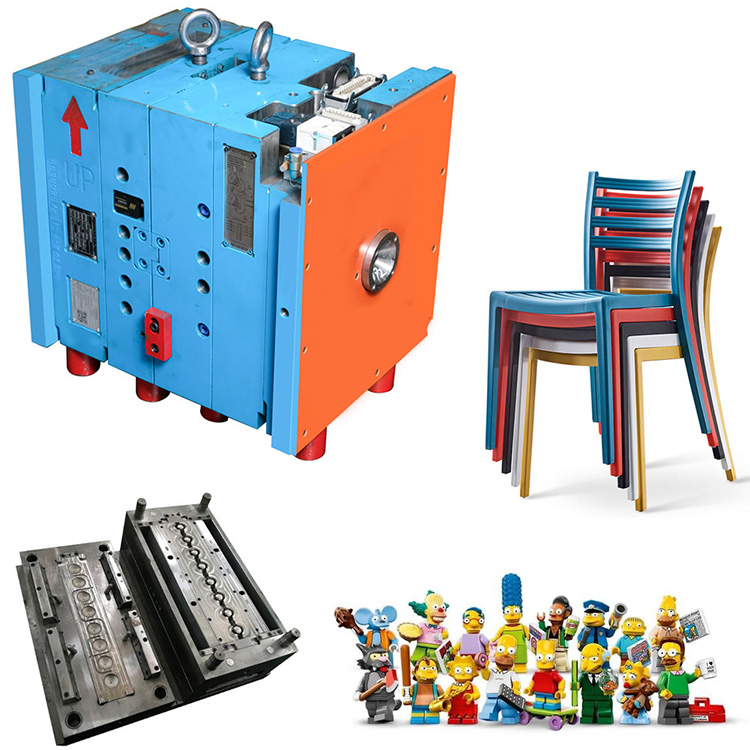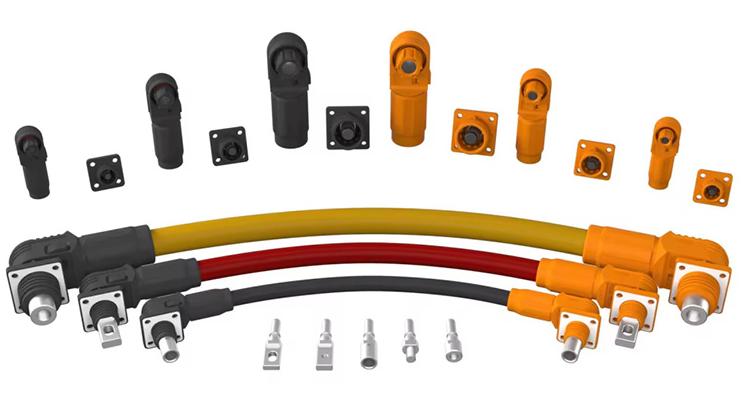
How to Achieve Perfect Coexistence Between Plastic and Metal in Insert Molds?
On the production line of automotive dashboard assemblies, insert molds are embedding copper conductive terminals into engineering plastic shells with millimeter level precision. This precision process that combines metal and plastic reflects the ultimate pursuit of composite materials in modern manufacturing. As a special equipment in the field of plastic molds, the core value of embedded molds lies in the precise combination of heterogeneous materials. This technological breakthrough enables innovative designs such as waterproof structures for electronic products and lightweight components for automobiles to be implemented.
The core feature that distinguishes embedded molds from conventional plastic molds is the need to synchronize the positioning of the embedded parts and the molding of the plastic in their workflow. When the injection molding machine injects molten PA66 material into the mold cavity, the pre installed stainless steel threaded inserts must complete thermal conduction balance within 0.03 seconds, ensuring that the plastic fully wraps around the metal parts to form a mechanical interlock and avoiding surface oxidation of the inserts due to high temperatures. This delicate balance requires mold designers to be proficient in material science and thermodynamic principles, accurately simulating the differences in shrinkage rates of different materials during the mold flow analysis stage.
The reliability of the embedded positioning system is the primary challenge in mold design. A certain medical device company once caused the sealing failure of the entire batch of products due to the sensor insert of the insulin pump housing being offset by 0.1 millimeters. The later improved mold used pneumatic grippers and visual positioning to work together, and underwent secondary position calibration before mold closing, stabilizing the repeated positioning accuracy of the insert at ± 0.005 millimeters. This innovative design not only improves product yield, but also reduces mold changing time by 40%, fully reflecting the engineering value of intelligent positioning systems.
The collaborative design of thermal management systems directly affects product lifespan. The plastic bracket inside the car engine compartment needs to be embedded with aluminum alloy reinforcement. Through finite element analysis, the mold engineer found that the difference in cooling rate between the embedded area and the pure plastic area can lead to internal stress concentration. The solution is to implant a zone temperature control module inside the mold core, which increases the mold temperature around the metal insert by 15 ℃, effectively alleviating the problem of microcracks caused by uneven shrinkage. This design thinking based on thermodynamic compensation improves the fatigue resistance of the product by more than three times.
In the field of consumer electronics, embedded molds are driving the miniaturization revolution. The mold development team innovatively adopts magnetic levitation positioning technology, using electromagnetic fields to suspend micro inserts at predetermined coordinates, and combined with micro injection molding technology, achieves precision assembly that is difficult to distinguish with the naked eye. This practice of integrating traditional plastic molds with cutting-edge technology marks a new era of micro manipulation in embedded technology.
From metal contact embeddings in smart homes to co molding of aerospace composite components, insert molds continue to expand the performance boundaries of plastic products. It is not only a physical carrier for material bonding, but also an innovative platform for engineers to overcome disciplinary barriers. In the future Industry 4.0 system, embedded molds will evolve adaptive learning capabilities, dynamically adjusting molding parameters through real-time perception of material deformation and temperature fluctuations, making the dance between metal and plastic more harmonious and perfect.










